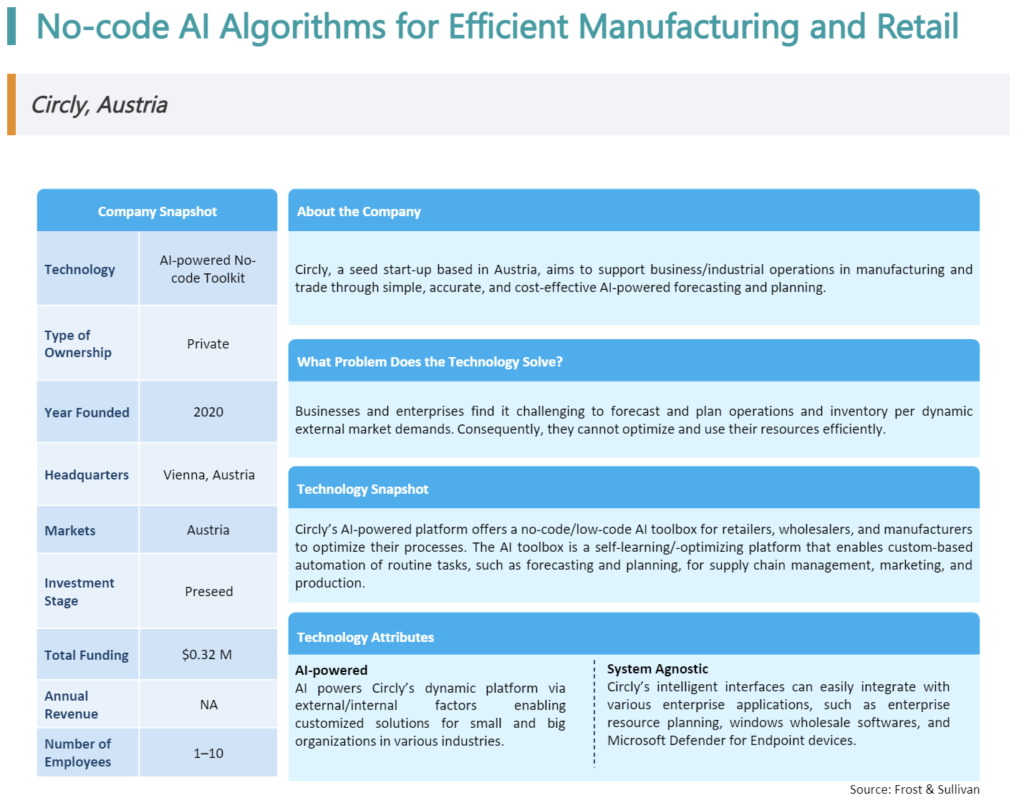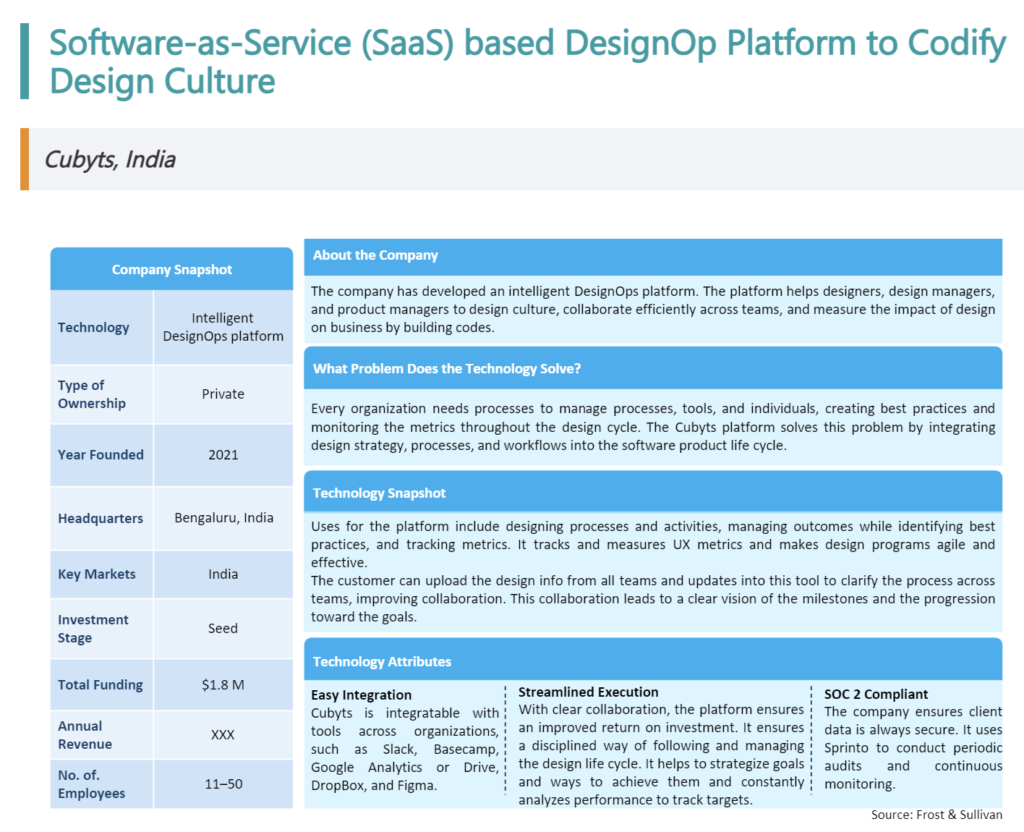Only less than 1% of web content is being generated by AI. But in the coming 10 years, At least 50% of web content is expected to be produced by or enhanced by AI.
Content production is becoming more efficient thanks to developments in large language models, or “LLMs,” and other generative ML technology. Complex neural networks called LLMs have the ability to produce text. They support systems like Google’s LaMDA (conversational dialogue) and OpenAI’s GPT-3 (text) and served as inspiration for DALL-E and Midjourney (text-to-image) from OpenAI. LLMs have been growing in size and sophistication by an average of 10 times a year. As a result, modern artificial intelligence is capable of producing content—whether text, visual, audio, code, data, or multimedia—autonomously that is on par with human standards.
Natural language processing, image creation, and generative design are just a few of the applications that use generative AI software today. Software powered by generative AI is anticipated to have a big impact on a number of businesses and sectors, including entertainment, fashion, and transportation, as it grows more potent thanks to strong ML models. For instance, H&M creates customised clothing designs for customers based on their individual likes and style using generative AI algorithms.
One more segment that is going to grow as quick as generative AI is synthetic data generation. The desire for high-quality training data to create reliable and accurate AI models is what’s causing the surge. With the use of this technology, businesses may produce massive amounts of diversified, labelled, and precise synthetic data that can be applied to a wide range of tasks across numerous sectors.
One of the unique benefits and uses of generative AI is its ability to make use of cloud storage to produce new data more quickly and affordably. This helps with tasks like data organisation, processing, augmentation, synthesis, and production for underrepresented or unrepresented groups.
The synthetic data generation segment is projected to witness a higher growth rate during the forecast period. The growth is due to the increasing demand for high-quality training data to build robust and accurate AI models. This technology helps organizations generate large volumes of diverse, labelled, and accurate synthetic data that can be used for a wide range of applications in various industries.
Additionally, it might facilitate data analysis and complex system comprehension. Some of its major uses include translating satellite photos to map views to research new areas, converting medical images into photorealistic images, and creating marketing data based on consumer behaviour or target market information.
Generative AI can disrupt many business segments and help them grow faster, improve customer satisfaction and revenue. Here are some industries that will be get maximum benefit from generative AI.
Retail, real estate, energy sector and IT sector can also greatly benefit from Generative AI.
Startups working in generative AI have become top investment priority for investors. Sharing examples of startups

2. Circly, Austria in manufacturing

3. Cubyts, India in SaaS

The growth of the generative AI business has been hampered by concerns about data security and data leakage when outsourcing generative AI projects. Data security becomes ever more crucial in generative technology initiatives as data confidentiality laws become more stringent globally. Unstructured data utilised for labelling contains private information including faces, car licence plates, and even private medical data that, if improperly safeguarded, can result in catastrophic data breaches.
WhatsApp us
Enter your email address and download the file!
Enter your email address and download the file!